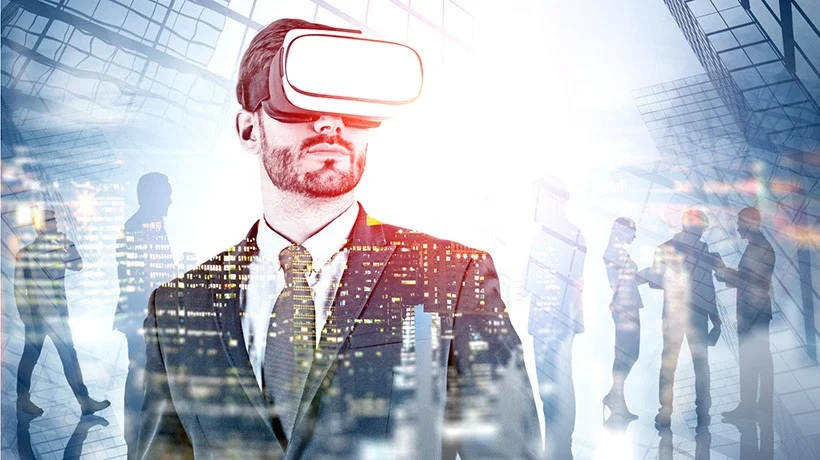One industry that can particularly benefit from VR technology is the business world. Through VR training, employees can be better prepared for challenges they may face on the job. Here are seven ways VR training can improve employee performance.
Virtual reality (VR) training is a new and innovative way to train employees. By immersing employees in a simulated work environment, VR training can provide a more realistic and hands-on experience than traditional methods such as lecture-based learning or video-based training. Additionally, VR training can be customized to individual employee needs, providing a more personalized learning experience. VR training has been shown to improve employee performance and retention rates, as well as reduce training costs. As VR technology continues to evolve, VR training will likely become more widespread and adopted by businesses across industries.
- Immersive and engaging – VR training can immerse employees in lifelike simulations that are far more engaging than traditional methods like lectures or PowerPoint presentations. This engagement can lead to improved performance as employees are more likely to remember what they learned and be able to apply it in real-world situations.
- Tailorable to individual needs – Because VR training can be tailored to each learner, employees can receive instruction that is specifically designed for their learning style and needs. This personalization can result in a more effective learning experience and improved performance on the job.
- Realistic simulations – VR training can provide employees with realistic simulations of work environments, equipment, and tasks. This allows them to gain invaluable experience and knowledge in a safe and controlled setting before they ever step foot on the job site.
- Adaptable to change – VR training can be quickly and easily adapted to changes in work environments, procedures, or equipment. This means that employees will always have the most up-to-date information and be able to apply it to their jobs. VR training is highly flexible and can be adapted to meet the specific needs of any organization. As VR technology continues to evolve, VR training will likely become even more widespread and commonplace in the business world.
- Cost-effective – VR training is a very cost-effective solution for businesses of all sizes. It eliminates the need for travel and accommodation expenses, as well as the costs associated with traditional methods like classroom instruction or textbook purchases.
- Efficient – VR training is a very efficient way to train employees. It allows businesses to train large numbers of people at one time without sacrificing quality or individual attention. VR training also has the potential to be more engaging and effective than traditional methods, as it can immerse learners in lifelike simulations that provide realistic practice opportunities.
- Scalable – VR training is easily scalable to meet the needs of businesses of all sizes. Whether you need to train a few employees or hundreds, VR training can be customized to accommodate your specific requirements.
VR training can take many different forms, but they all share the common goal of improving employee performance. Whether it’s increasing productivity, preparing employees for a specific task or scenario, or simply providing an enjoyable and engaging experience, VR training has something to offer businesses of all sizes. If you’re not currently taking advantage of VR training, now is the time to start exploring its potential benefits for your team.




